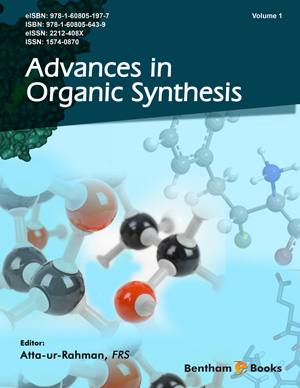Abstract
This chapter discusses the electrochemical aqueous solution-based
breakdown of synthetic textile colours. Several dyeing and finishing industries produce
a significant amount of dye wastewater. For the treatment of effluent water, the
electrochemical technique is being studied. The discharge of textile wastewater
likewise rises as there are more textile industries. So, in recent years, the
electrochemical degradation of industrial effluents has gained popularity. Conductivity,
pH, process detention times, total suspended solids (TSS), heavy metals, emulsified
oils, bacteria, and other pollutants from water are operating factors in electrochemical
treatment. Utilizing cyclic voltammetry (CV), reactive synthetic textile dyes'
electrochemical behaviour has been reviewed. Studies on chemical oxygen demand
(COD), UV-Vis, and CV are chosen to assess the effectiveness of degradation. There
are numerous additional businesses that require electrochemical technologies for
purifying effluent water. Metal recovery, tanneries, electroplating, dairies, textile
processing, oil and oil in water emulsion, and other businesses are among them.
Keywords: Cyclic voltammetry, Chemical oxygen demand, Dyes, Electrochemical degradation, Effluents.






















